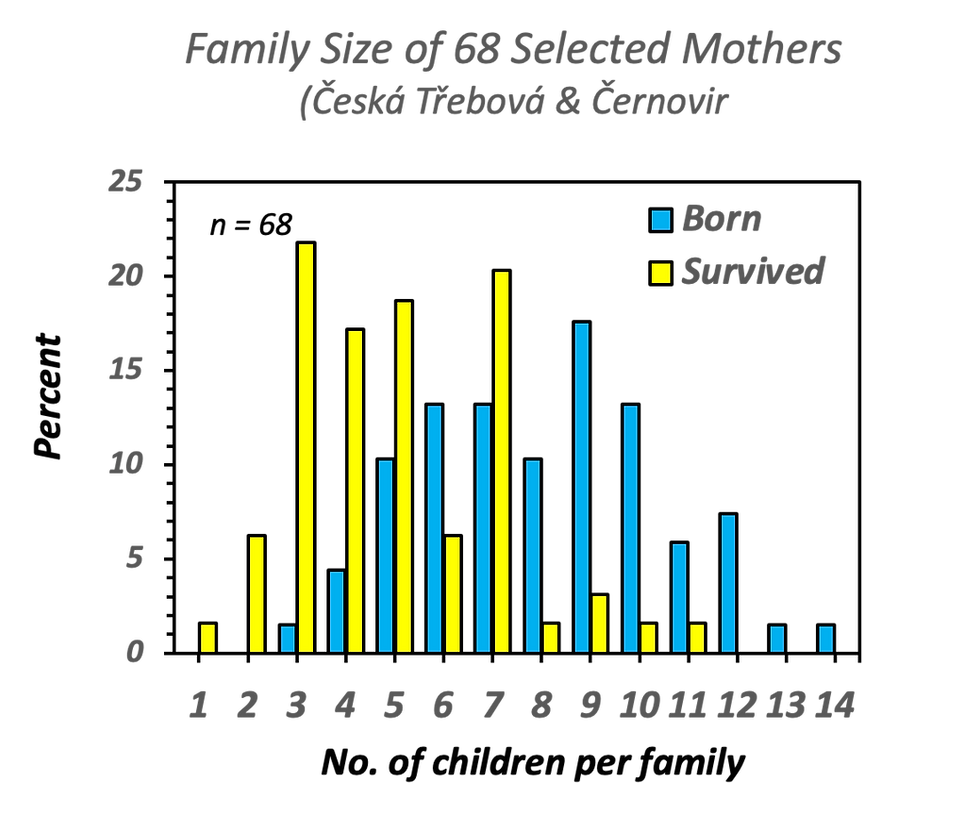The Lebzelter and the Perníkář
- msquier95
- Jul 26, 2022
- 2 min read

Meandering through early 19th Czech vital records can be a delightful immersion in a world of pre-Industrial occupations still ruled by medieval guild traditions. One occupation that has always tickled my fancy is the gingerbread baker, who is known in German records as the Lebzelter and in Czech records as the perníkář. As famous as Czechs are for their kolaches, they are just as well known for their decorative gingerbreads, which in recent times have been a favorite gift from the Czech government to the British royal family on the occasions of royal baptisms.
As old as the Egyptian pyramids, gingerbread first came to Europe with the returning Crusaders. The first gingerbread was a simple mix of honey, rye flour, and water, but in time, each baker developed his own carefully guarded recipe that included spices such as cloves, cinnamon, anise, and pepper. From the added pepper came the Czech name perník. Honey was the inspiration for the German name; the honey cake lebkuchen comes from an old German word for sweet. Gingerbread was brought to Bohemia in 1355 from Nuremberg, Germany; by 1415 gingerbread bakers’ guilds were appearing in Bohemia. Today, Pardubice is most famous for its gingerbread, but perník bakeries can be found throughout the Czech Republic.
The traditional Lebzelter/perníkář of the 19th century was more than just a baker. He also kept bees and processed several products from the hive besides honey. After harvesting the bulk of the honey from the combs, any remaining honey was extracted with water and the sweet liquid was fermented to make the honey wine that our ancestor knew as mead. Although a popular drink in medieval times, it was eventually supplanted by beer as a daily beverage. The beeswax was turned into high quality candles that burned without the greasy odor of the cheaper tallow candles. The local church, with its high demand for votive candles, was the main customer for these candles. As a purveyor of high-quality candles and ornately decorated gingerbreads, the Lebzelter / perníkář was a well-respected and prosperous member of the community.
Johann Honl (1791-1862) of Česká Třebová, for example, was the town’s Lebzelter /perníkář during most of the first half of the 19th century, having already been established in that occupation by the time he married at age 23. At a time when almost half of town residents were illiterate, Honl’s educational level was evident from the fact that a.) he signed his name on parish records and b.) his signature shows up as the stylized and neatly written script of a practiced writer. His signature even included a final flourish typical of town elites. His signature appears frequently in parish records, when he served as a godparent or wedding witness for other prominent citizens in the community. His house at No. 100 was conveniently located a few streets away from the town square on a large lot, where his bees would have had plenty of room to work undisturbed. There too, his separation from his neighbors would minimize any fire risk from his bread oven and vats of hot wax. Yet, despite the isolation of Honl’s shop from the main activities of the town, it’s not hard to imagine the trail of customers on market day being drawn towards the aroma of his baking gingerbread.



We were with a tour and asked our Czech guide why we didn’t see kolaches anywhere? She replied “you’re from Texas.” She said you can find them in grocery stores but they’re not that good and essentially they’ve moved on to better baked goods.